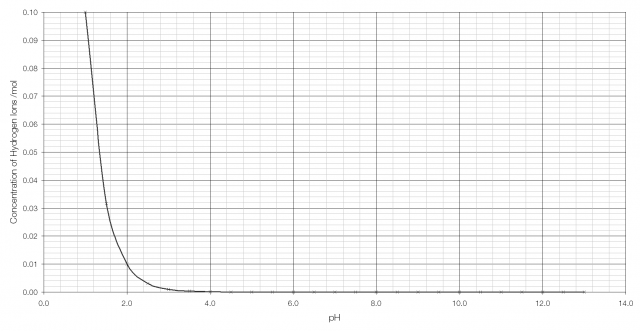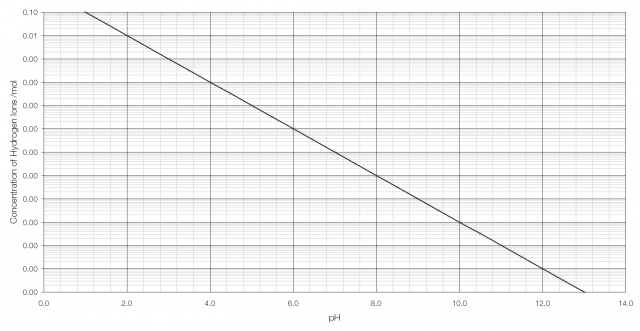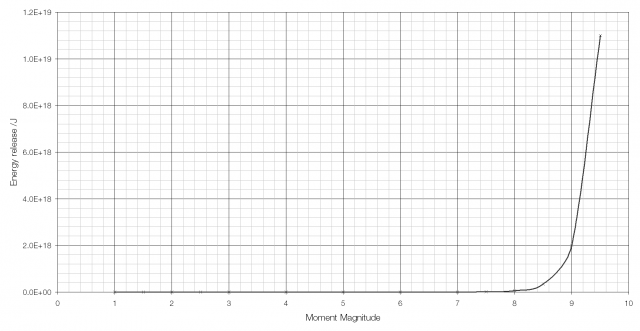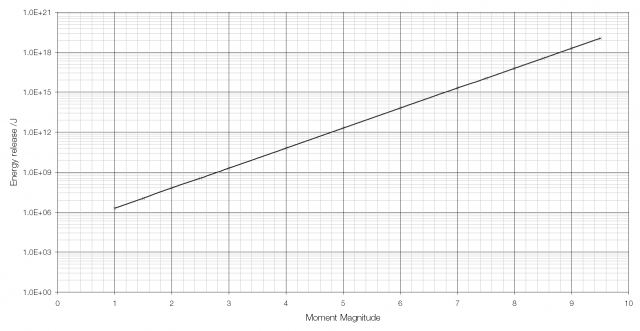Invented in 1982 by Chris Newhall and Stephen Self, the Volcanic Explosivity Index (VEI) is a bit like a Richter scale for volcanoes.
The VEI measures the “explosiveness” of a volcanic eruption, and takes into account the amount of material ejected, the height to which the material is ejected, and how long the eruption lasts. The scale runs from 0 (“effusive”) to 8 (“apocalyptic”), and is logarithmic from VEI-2 onwards (so VEI-3 is ten times more explosive than VEI-2, etc.).
| VEI | Classification | Material ejected /km3 | Plume height /km |
| 0 | Effusive | < 0.000 01 | < 0.1 |
| 1 | Gentle | > 0.000 01 | 0.1-1 |
| 2 | Explosive | > 0.001 | 1-5 |
| 3 | Catastrophic | > 0.01 | 3-15 |
| 4 | Cataclysmic | > 0.1 | 10-25 |
| 5 | Paroxysmic | > 1 | 20-35 |
| 6 | Colossal | > 10 | > 30 |
| 7 | Mega-colossal | > 100 | > 40 |
| 8 | Apocalyptic | > 1000 | > 50 |
Newhall and Self’s original paper contains a list of eruptions by VEI running back to 1500 (note their footnote about reporting at the bottom of the table).
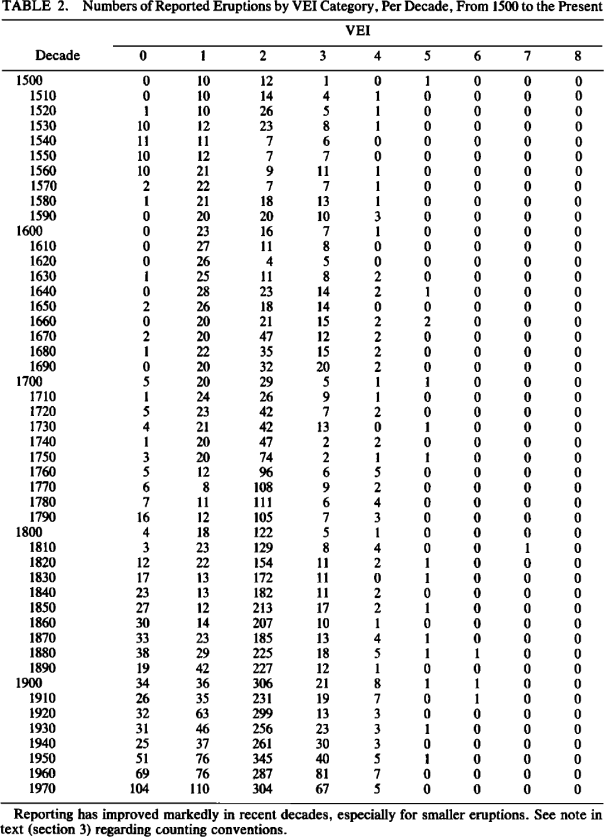
The paper only lists one VEI-7 event, the “Mega-colossal” eruption of Mount Tambora in Indonesia in 1815 that caused The Year Without a Summer. They state that VEI-8 eruptions should occur with a frequency of ? 10 000 years, with the most recent being the eruption of New Zealand’s Taupo Volcano around 26 500 years ago.
